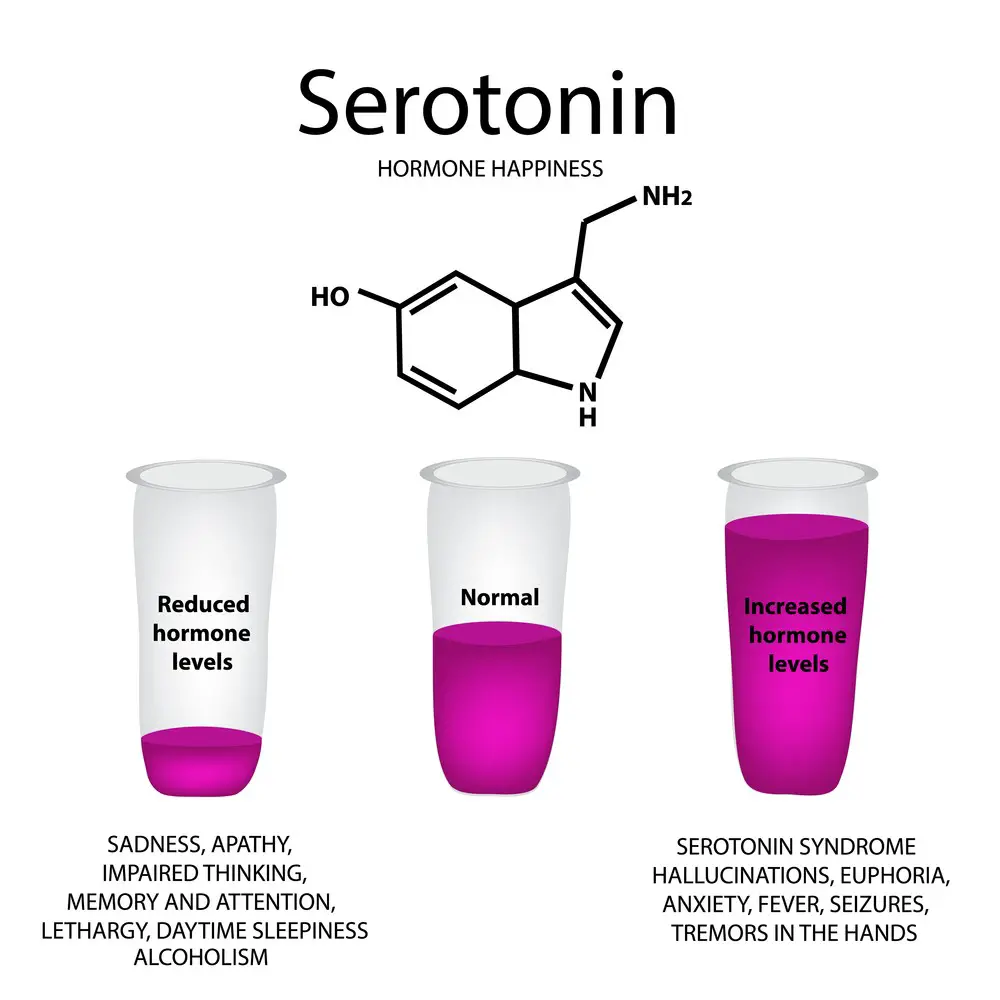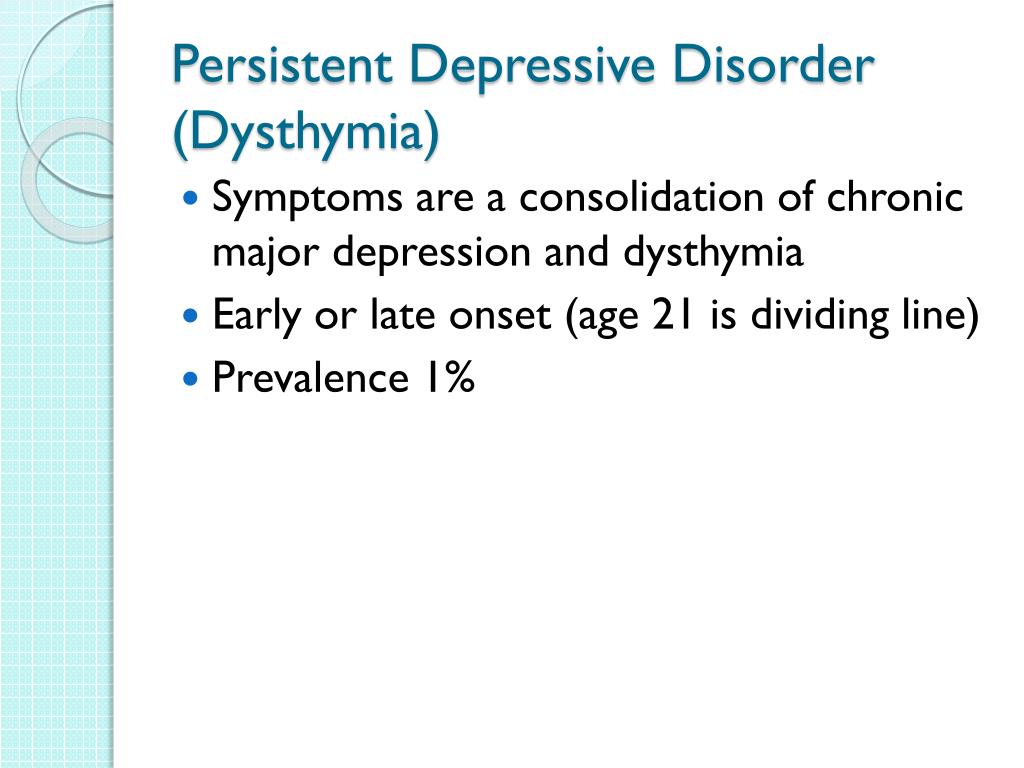

One specifier indicates MDD episodes associated with anxious distress. 18 Among changes in MDD, 19 DSM-5 added specifiers. In 2013, DSM-IV 17 was replaced with the fifth edition of the DSM-5. 13 - 16 Updated knowledge is needed on the prevalence of MDD and its association with sociodemographic and clinical characteristics, including other psychiatric disorders, suicidality, impairment, and treatment use. The DSM-IV diagnosis of MDD was associated with impairment, 3, 4 psychiatric and substance use disorders (SUDs), 5 - 9 poor health, 10, 11 mortality, 12 disease and economic burden, 12 and disability-years. 1, 2 However, national epidemiologic information on major depressive disorder (MDD) is limited to pre– DSM-5 studies conducted more than 15 years ago. Over the past 25 years, the US prevalence of adolescent and adult depression indicators has increased. Much remains to be learned about the DSM-5 MDD specifiers in the general population.

While most cases received some treatment, a substantial minority did not. Controlling for severity, both specifiers were associated with early onset, poor course and functioning, and suicidality.Ĭonclusions and Relevance Among US adults, DSM-5 MDD is highly prevalent, comorbid, and disabling. The anxious/distressed specifier characterized 74.6% of MDD cases, and the mixed-features specifier characterized 15.5%.

Among 12.9% of those with lifetime MDD, all episodes occurred just after the death of someone close and lasted less than 2 months. Functioning among those with severe MDD was approximately 1 SD below the national mean. Almost 70% with lifetime MDD had some type of treatment. Most lifetime MDD cases were moderate (39.7%) or severe (49.5%). Associations of MDD with substance use disorders ranged from an aOR of 1.8 (95% CI, 1.63-2.01) for alcohol to an aOR of 3.0 (95% CI, 2.57-3.55) for any drug. Associations of MDD with psychiatric disorders ranged from an aOR of 2.1 (95% CI, 1.84-2.35) for specific phobia to an aOR of 5.7 (95% CI, 4.98-6.50) for generalized anxiety disorder. Results Of the 36 309 adult participants in NESARC-III, 12-month and lifetime prevalences of MDD were 10.4% and 20.6%, respectively.

Odds ratios (ORs), adjusted ORs (aORs), and 95% CIs indicated associations with demographic characteristics and other psychiatric disorders. Main Outcomes and Measures Prevalence of DSM-5 MDD and the DSM-5 specifiers. Data were collected from April 2012 to June 2013 and were analyzed in 2016-2017. Objective To present current nationally representative findings on the prevalence, correlates, psychiatric comorbidity, functioning, and treatment of DSM-5 MDD and initial information on the prevalence, severity, and treatment of DSM-5 MDD severity, anxious/distressed specifier, and mixed-features specifier, as well as cases that would have been characterized as bereavement in DSM-IV.ĭesign, Setting, and Participants In-person interviews with a representative sample of US noninstitutionalized civilian adults (≥18 years) (n = 36 309) who participated in the 2012-2013 National Epidemiologic Survey on Alcohol and Related Conditions III (NESARC-III). Importance No US national data are available on the prevalence and correlates of DSM-5–defined major depressive disorder (MDD) or on MDD specifiers as defined in DSM-5. Shared Decision Making and Communication.Scientific Discovery and the Future of Medicine.Health Care Economics, Insurance, Payment.Clinical Implications of Basic Neuroscience.Challenges in Clinical Electrocardiography.


 0 kommentar(er)
0 kommentar(er)
